Task 1 : occupation x liberation
As a response to work, ideas and installations that you experienced in Paris you must create a detailed blog post that explores the work of one of the artists below.
You may be influenced to the point of basing your Personal Study on what you have experienced, seen and understood…and should aim to respond with this in mind.
Ensure that you add a clear understanding of both the concept and context of the work that you choose to focus on.
1 . Zineb Sedira : Maison Europeene De Photographie
Sedira’s work has often been largely identified with postcolonial issues and in particular with her family history, closely linked to Algeria, “A brief moment” also highlights the manner in which she explores the exponential devastation of the environment through over-production and universal circulation of people and goods.
Zineb Sedira was born in Paris to Algerian parents, and moved to London to study art. Her works are often autobiographical, addressing issues of cultural identity and the personal consequences of migration.
In Mother Tongue, 2002 the artist appears alongside her mother and daughter to show the shifts in cultural identities that have happened within her own family.

More recent works include Shipwrecks, 2008, highlighting the dangers of transit and immigration, and Sugar Routes, 2013, documenting the movement of a global commodity.
2. Yury Toroptsov
https://www.toroptsov.com/deleted-scene

3. Hassan Hajjaj : MEP Paris

HASSAN HAJJAJ is an Anglo-Moroccan photographer. He explores various aspects of tradition, heritage, identity, culture and politics via fashion, and often incorporates furniture, vehicles and more in his portraits.
His work embraces the eclectic street style of London’s most vibrant characters, whilst incorporating elements of his own North African heritage.
https://www.parisphoto.com/en/interviews/
Task 2 : psychogeographies
You must reflect on your experiences in Paris whilst working with Yury, and create a blog post that explores and articulates how you as a photographer can develop a connection with a place and it’s people, it’s history and innate stories.
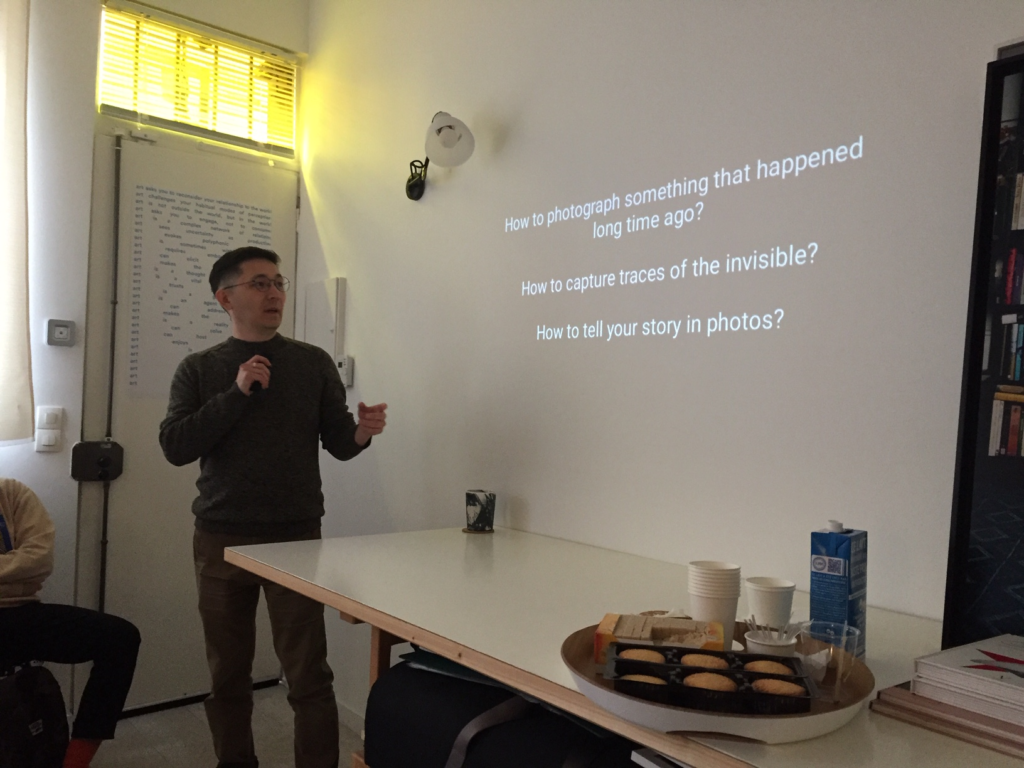

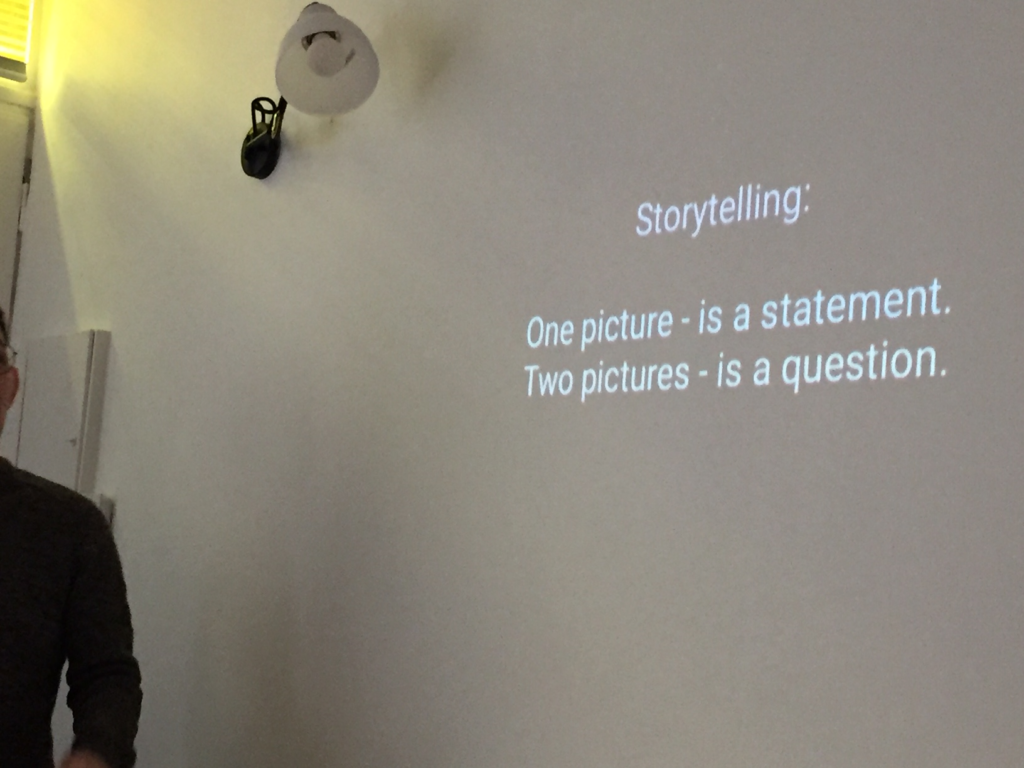
Remember to …
- discuss the use of archival material
- question the validity / purpose of any pre-existing material you use
- articulate how prior knowledge of an area and it’s history (research) can lead to certain pre-conceptions
- argue that focusing on the problematic / negative aspects of a topic or area of exploration will yield more interesting results
- include your images in a sequence that matches your experiences
- include reference to psychogeographies in your blog post
YURY’S PRESENTATION…(it has been emailed to you!)
PSYCHO-GEOGRAPHY// SITUATIONISM
We have explored Psycho-geography as a concept and way of working before…during the AS Course. Many of you succeeded in developing strong ideas by following some of the ideas.
Psycho-geography is a hybrid of photography and geography that emphasizes playfulness and “drifting” around urban environments. It has links to the Situationist International.
Psychogeography was defined in 1955 by Guy Debord as “the study of the precise laws and specific effects of the geographical environment, consciously organized or not, on the emotions and behavior of individuals.”
Another definition is “a whole toy box full of playful, inventive strategies for exploring cities… just about anything that takes pedestrians off their predictable paths and jolts them into a new awareness of the urban landscape.
The originator of what became known as unitary urbanism, psychogeography, and the dérive was Ivan Chtcheglov, in his highly influential 1953 essay “Formulaire pour un urbanisme nouveau” (“Formulary for a New Urbanism”).
It has roots in Dadaism and Surrealism.
The idea of urban wandering relates to the older concept of the flâneur, theorized by Charles Baudelaire…and is similar to STREET PHOTOGRAPHY
PETAPIXEL definition of PsychoGeography CLICK HERE


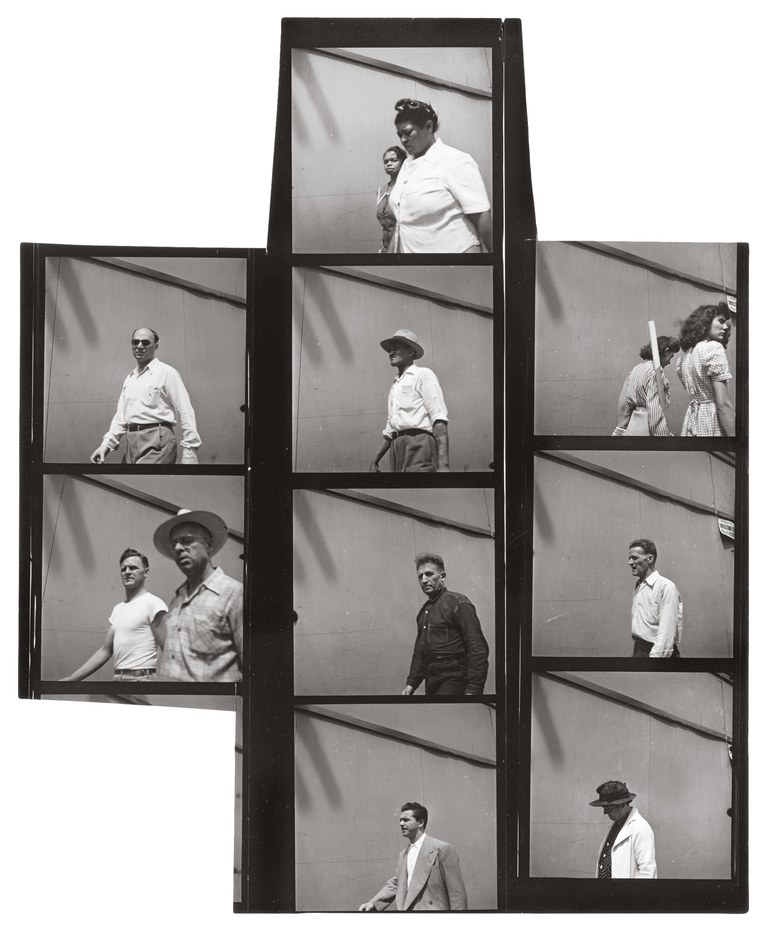
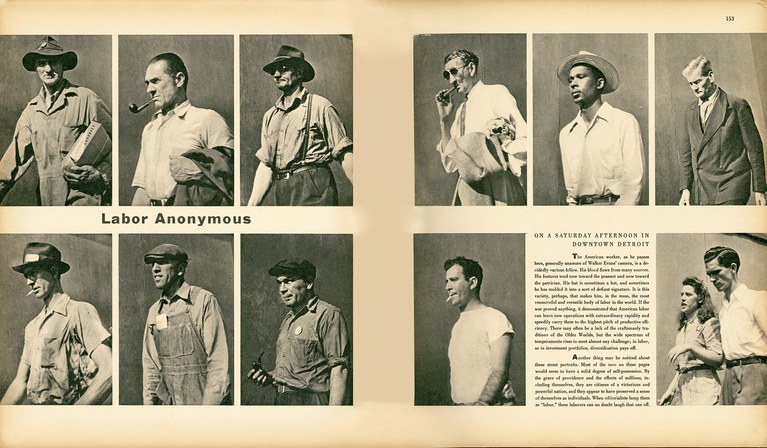
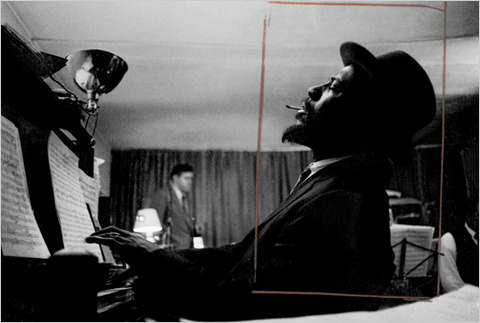

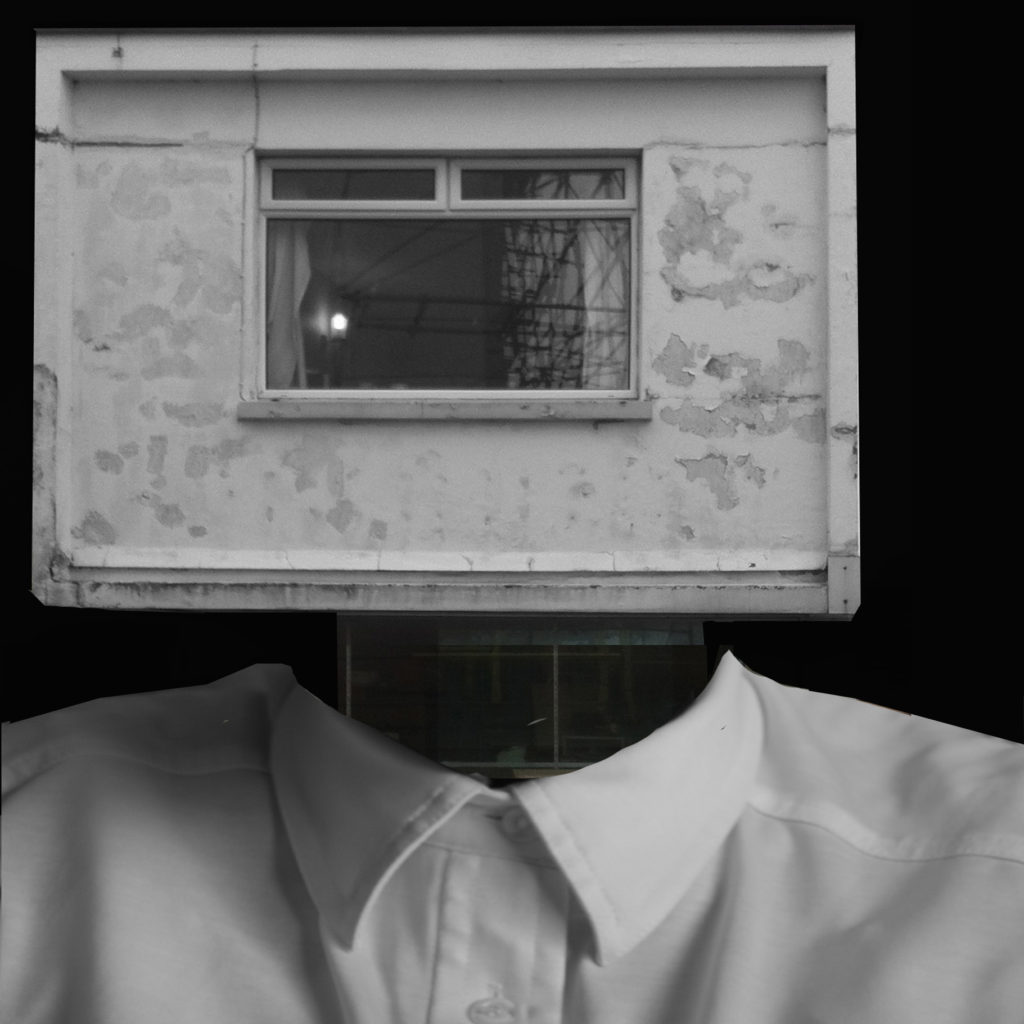
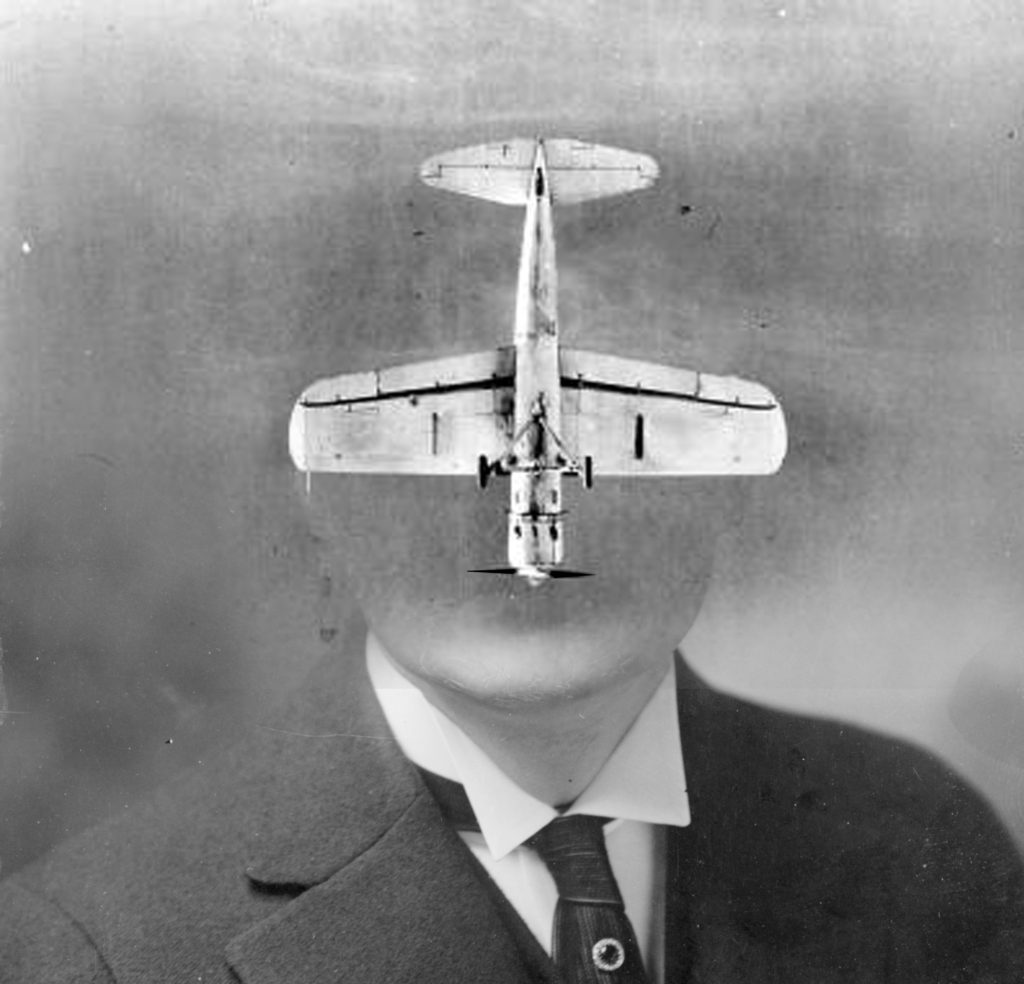

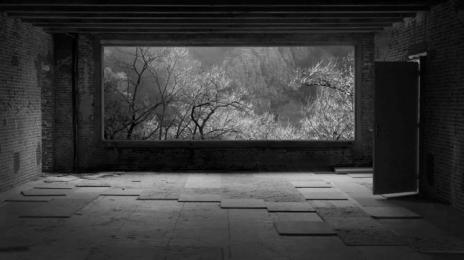
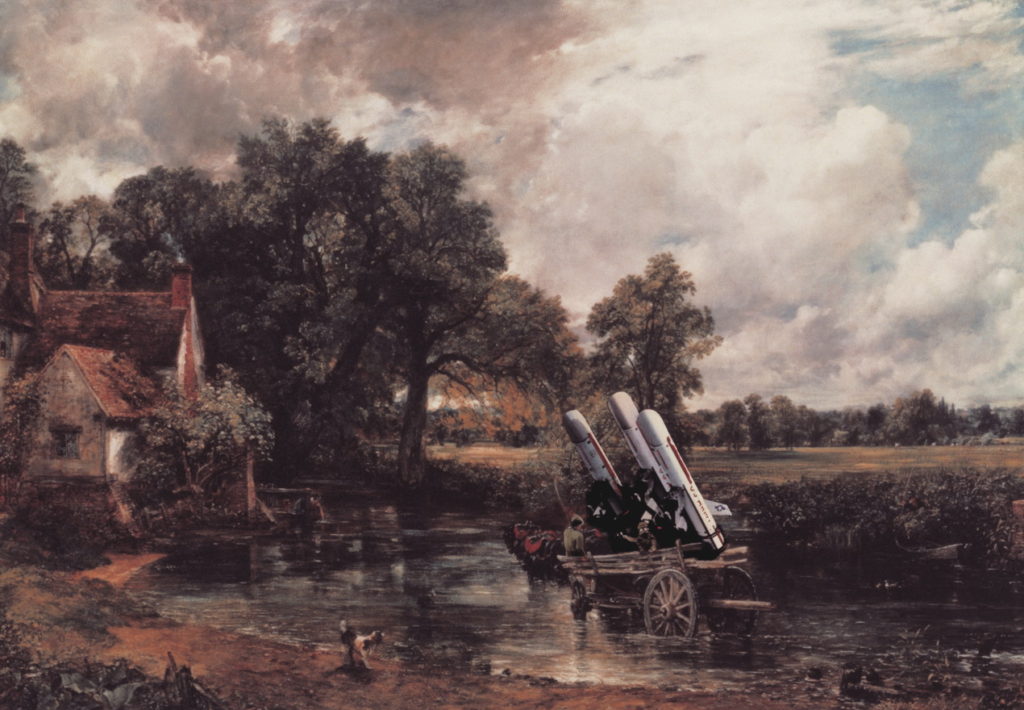
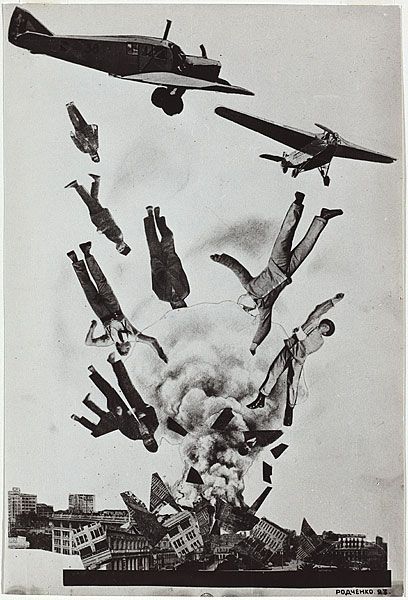
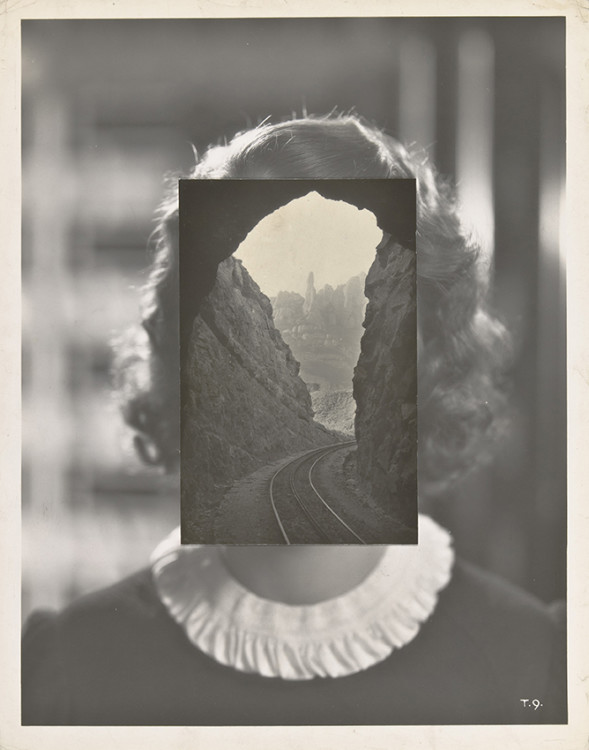
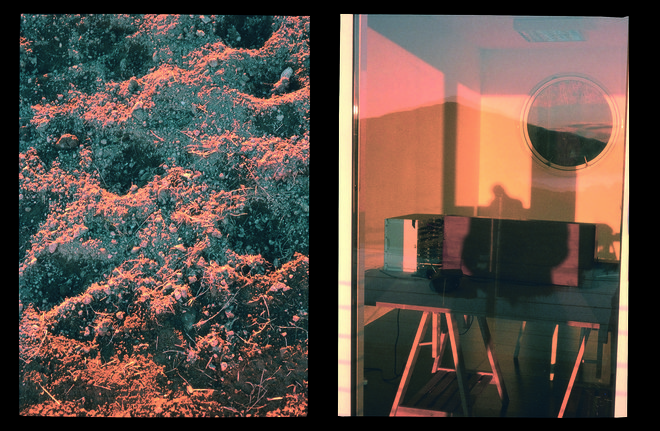

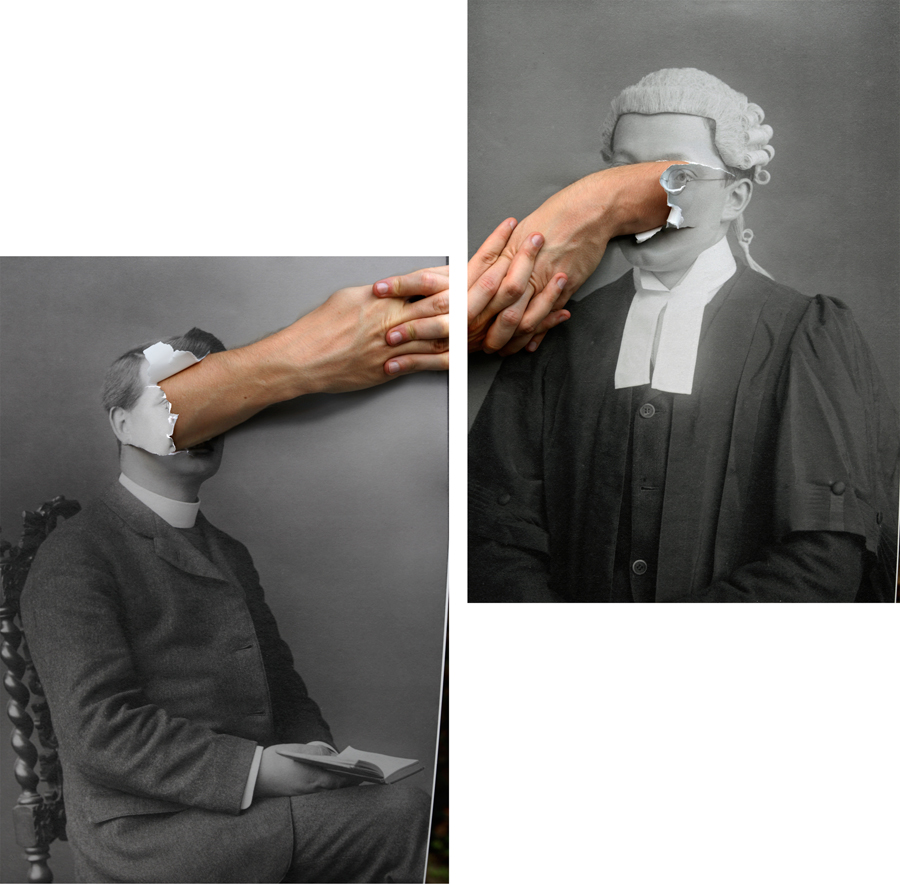
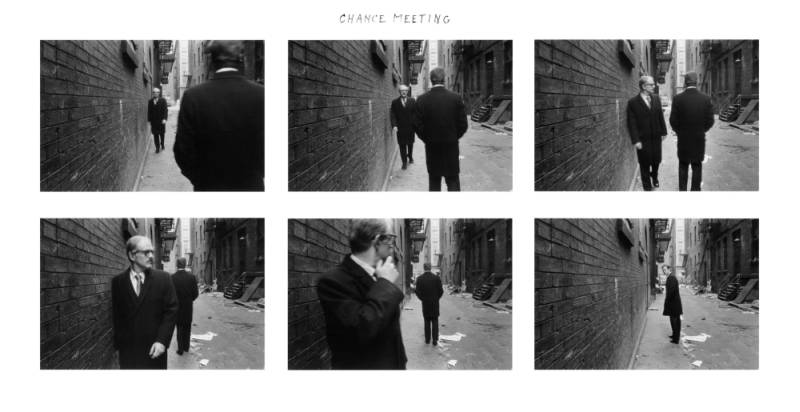
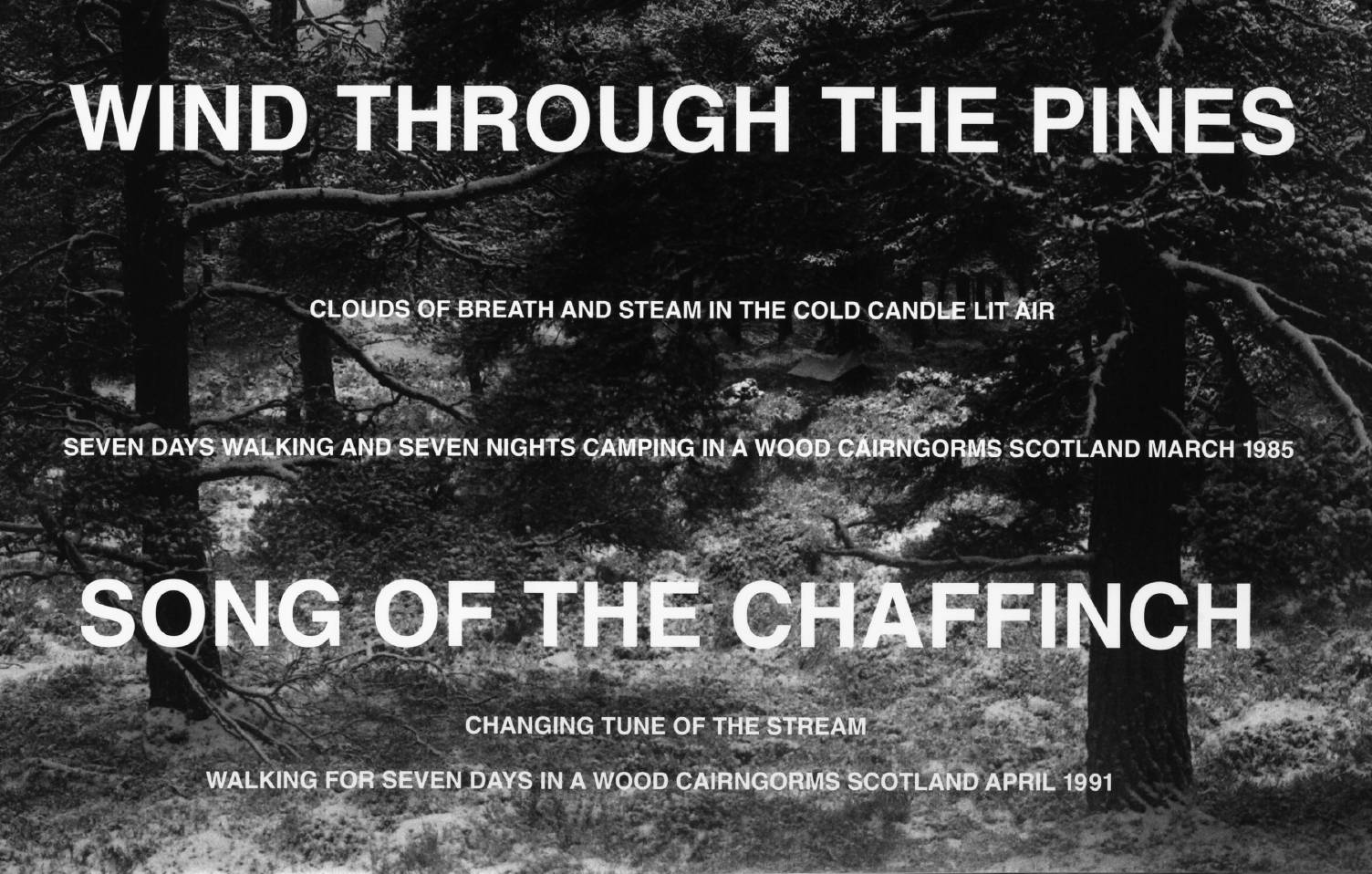

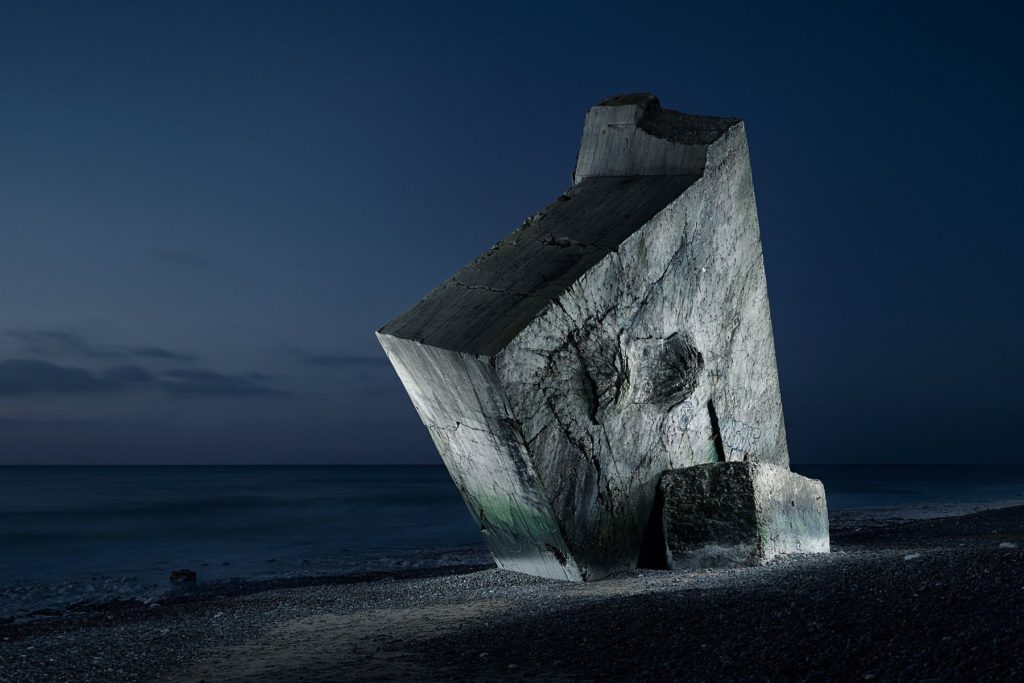
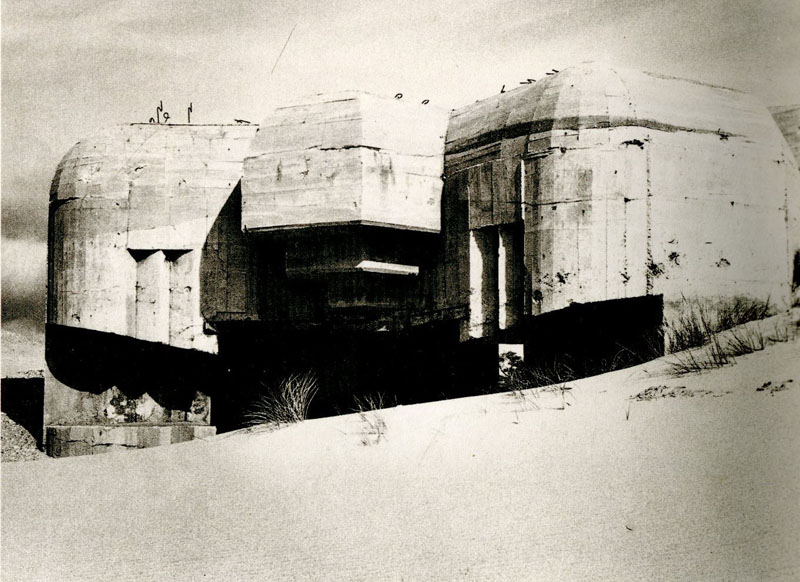

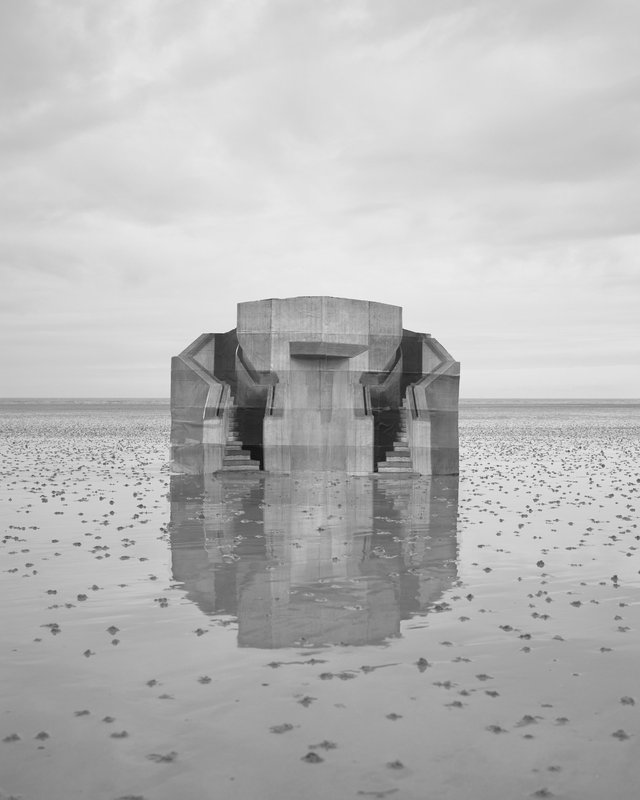
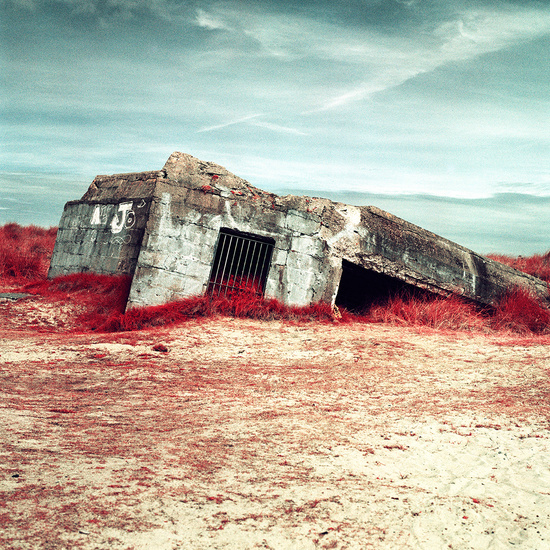





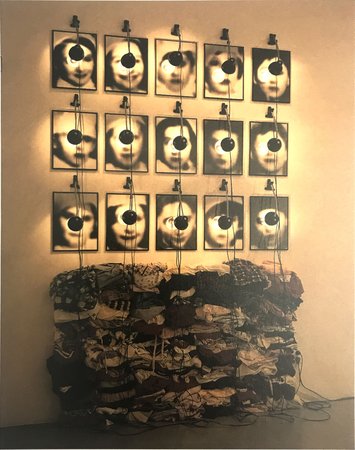
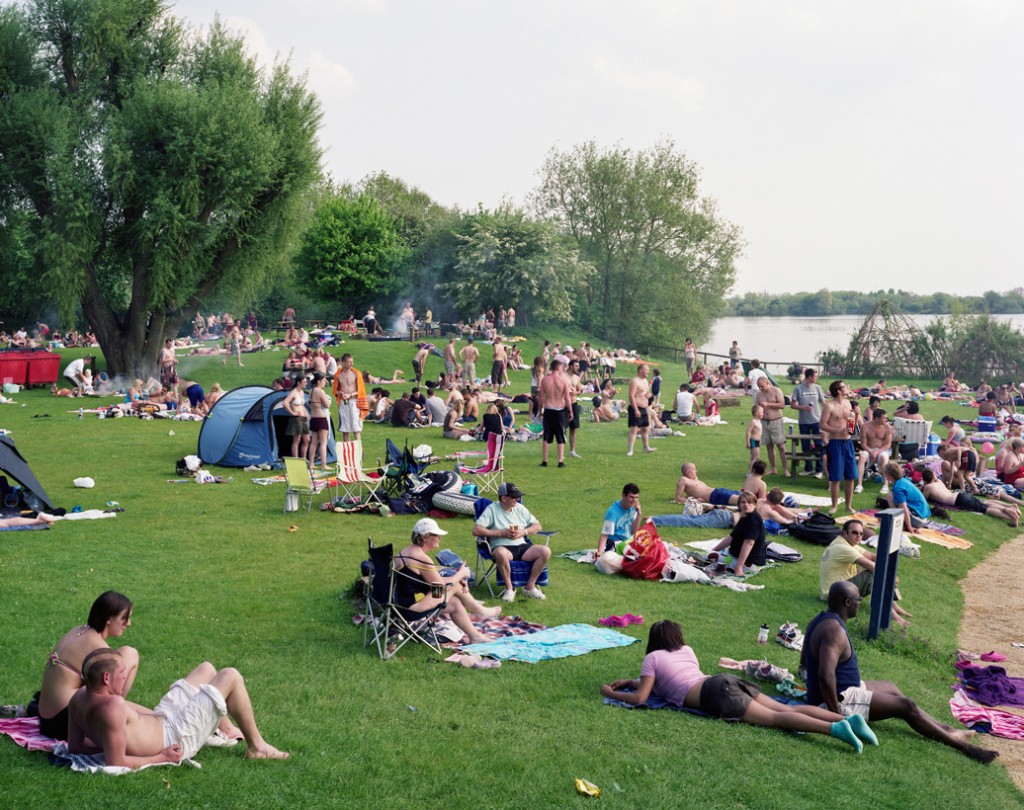



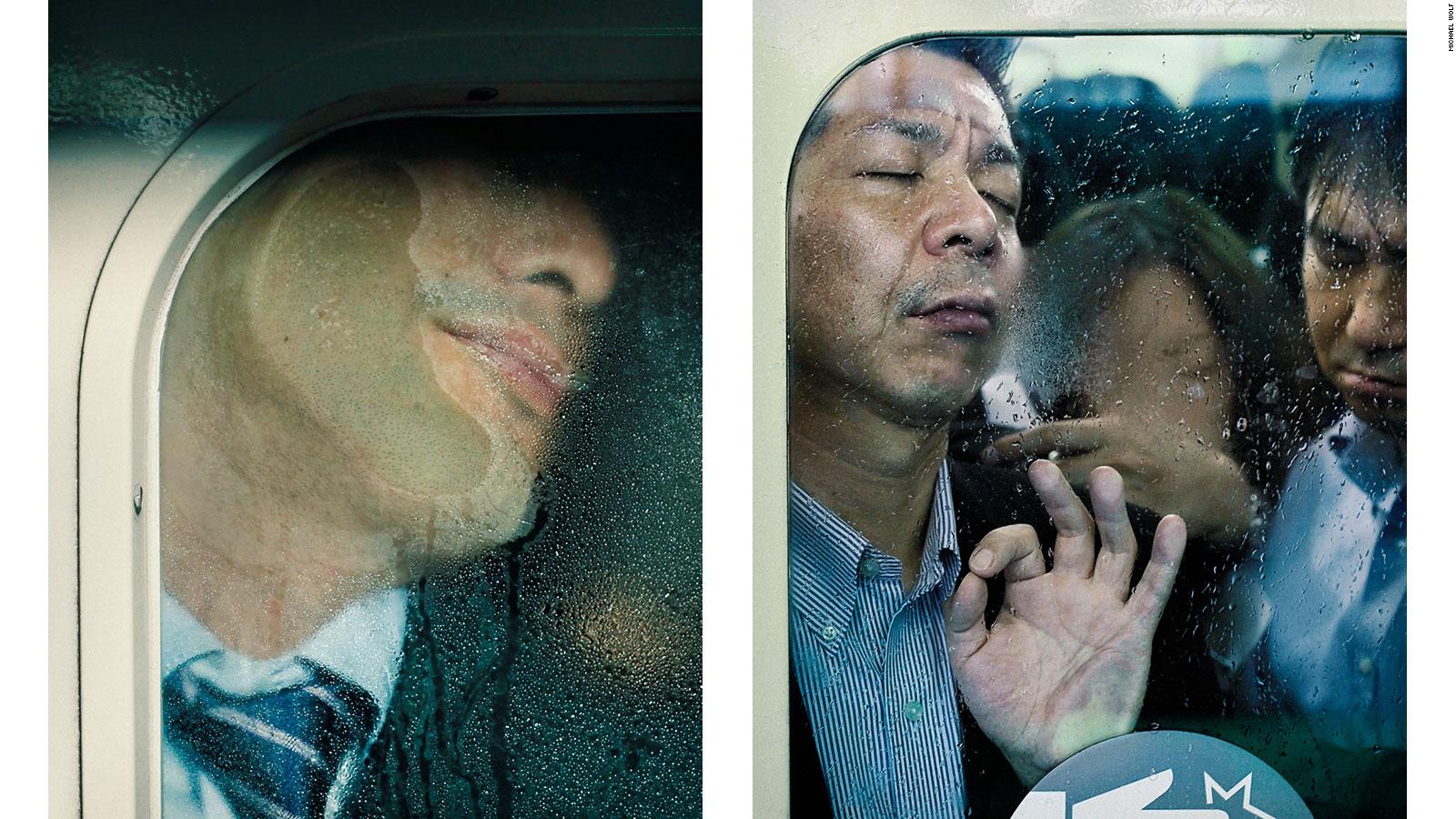









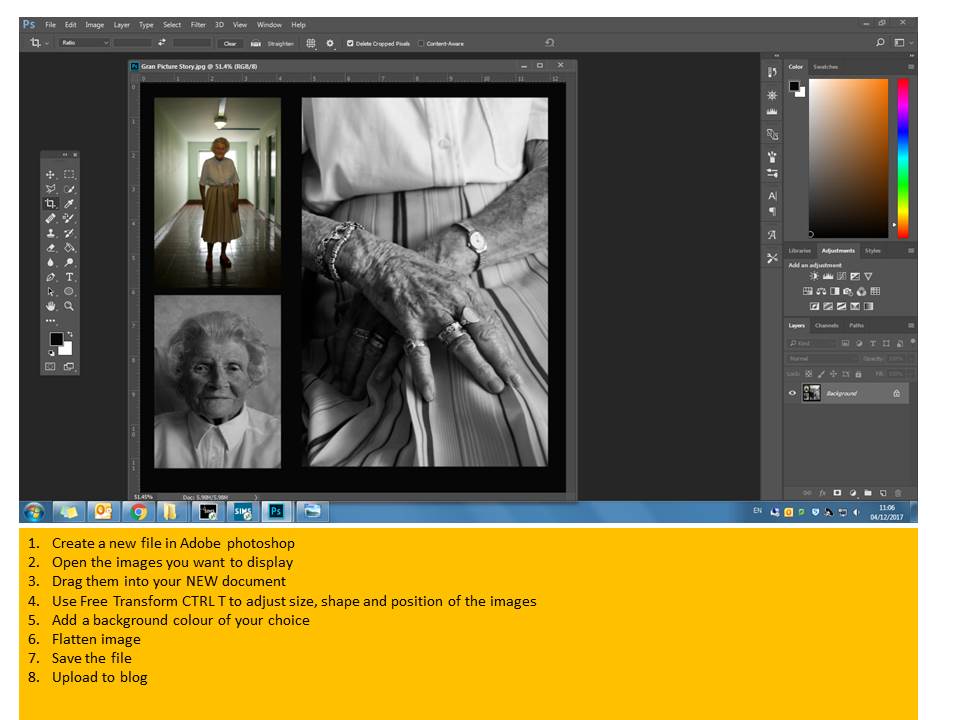


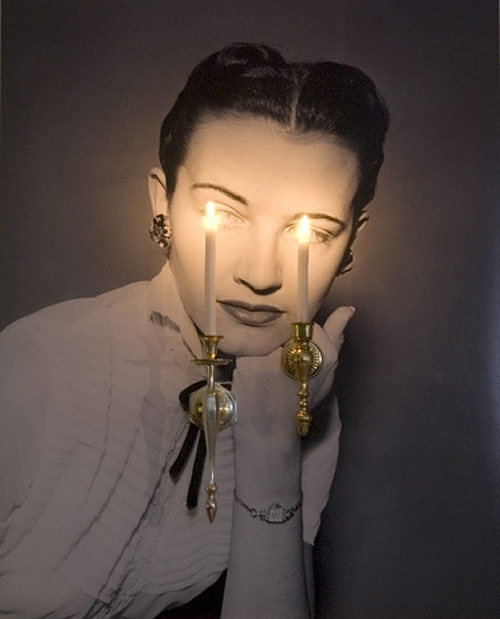
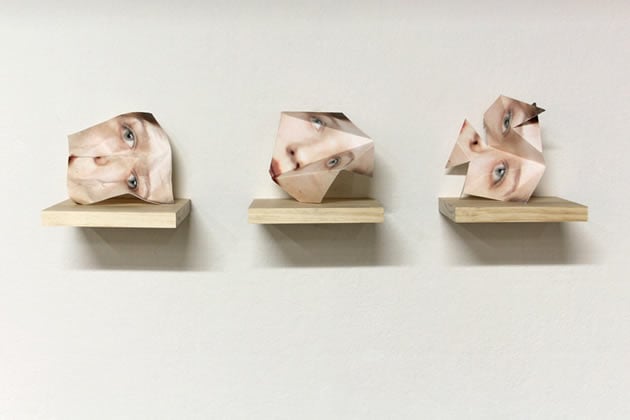






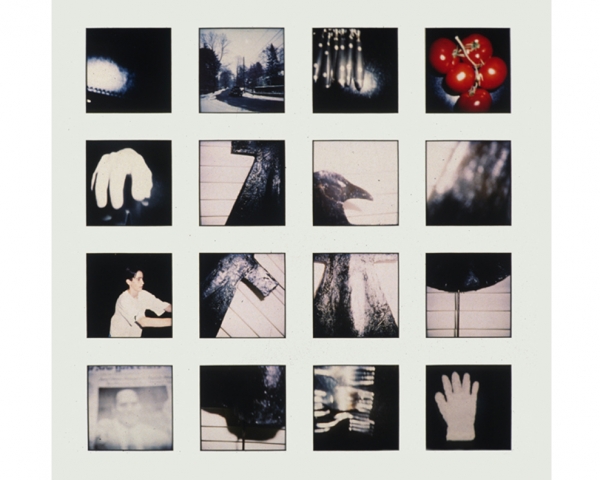



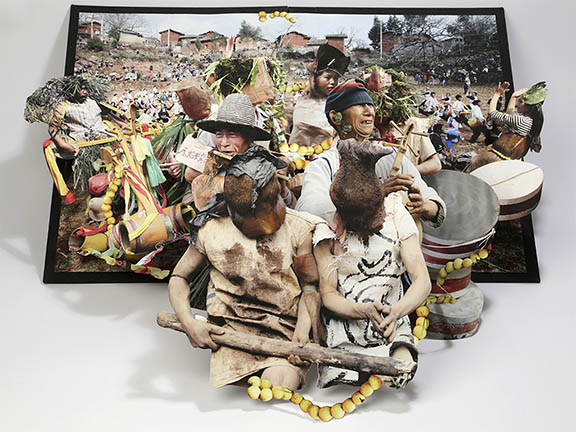




 Lorna Simpson—gender identity
Lorna Simpson—gender identity Paul Sepuya—cultural and national identity / gender identity
Paul Sepuya—cultural and national identity / gender identity Shirin Neshat—cultural identity
Shirin Neshat—cultural identity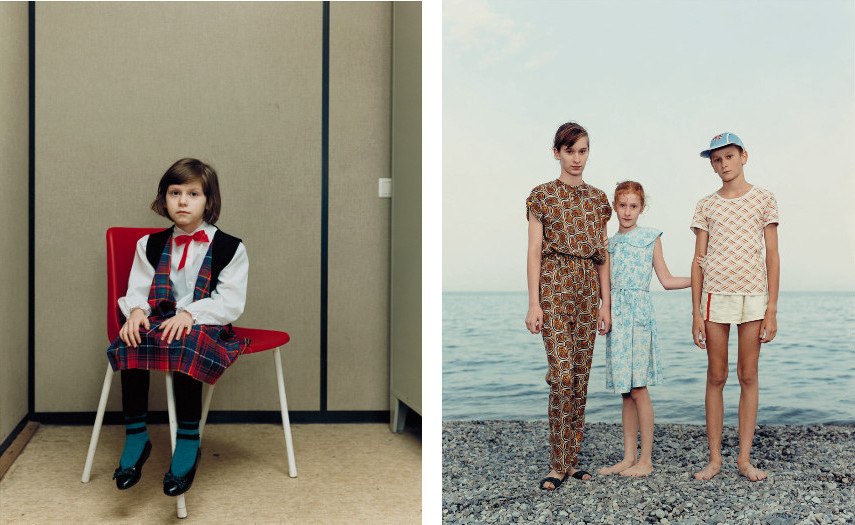 Rineke Dijkstra—geographical, political and social identity
Rineke Dijkstra—geographical, political and social identity Sarah Maple—gender identity
Sarah Maple—gender identity



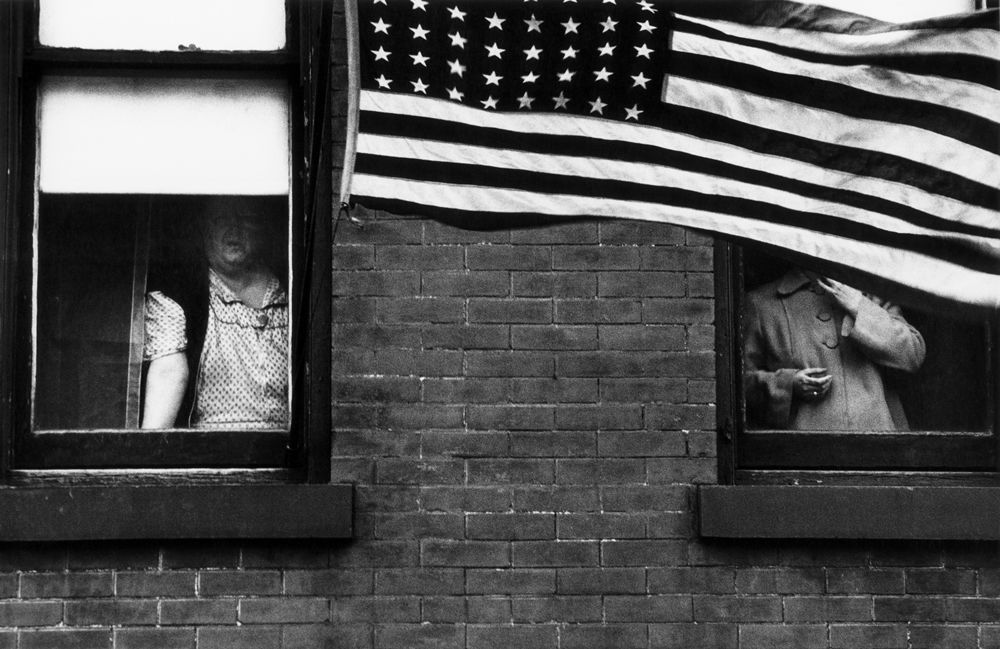




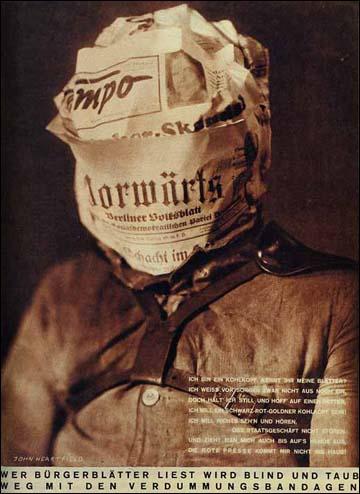







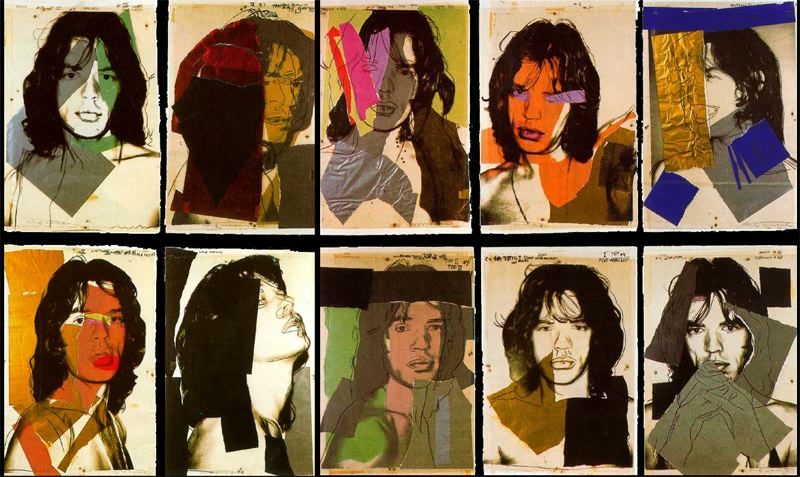





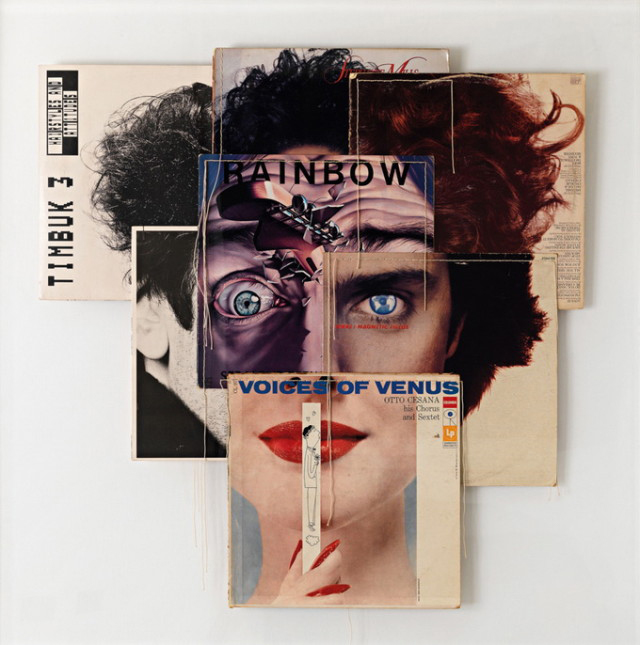

.jpg)




